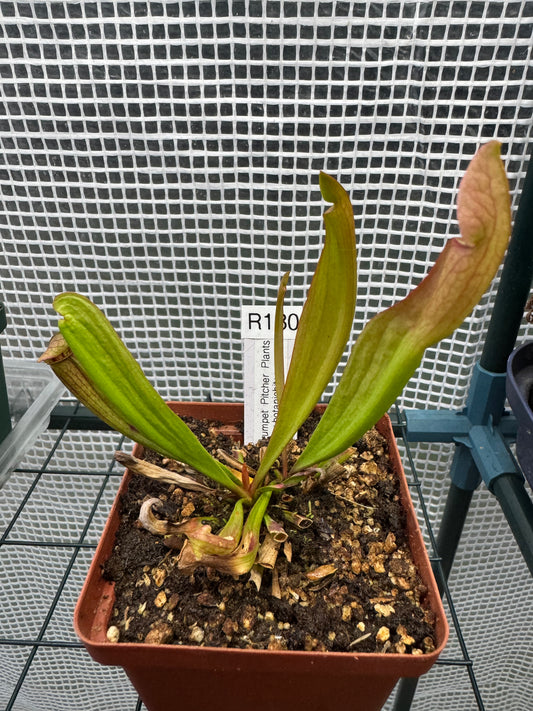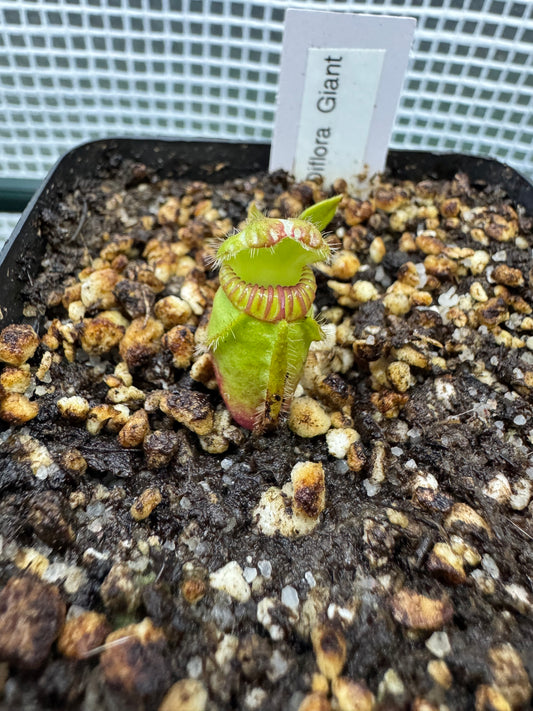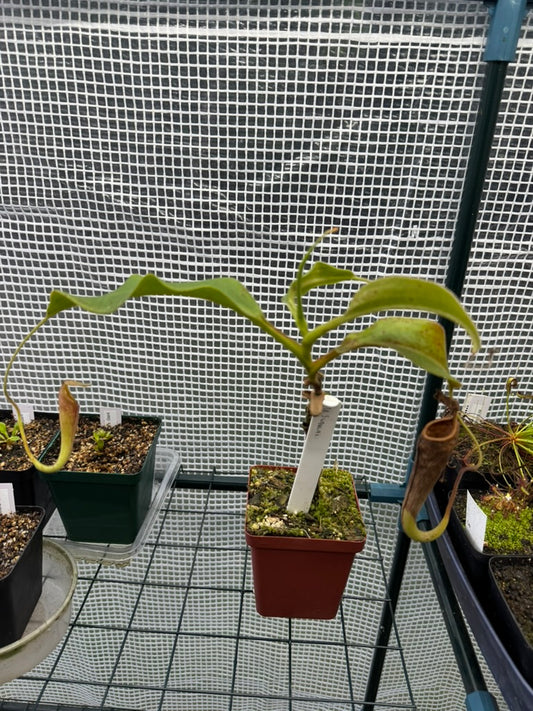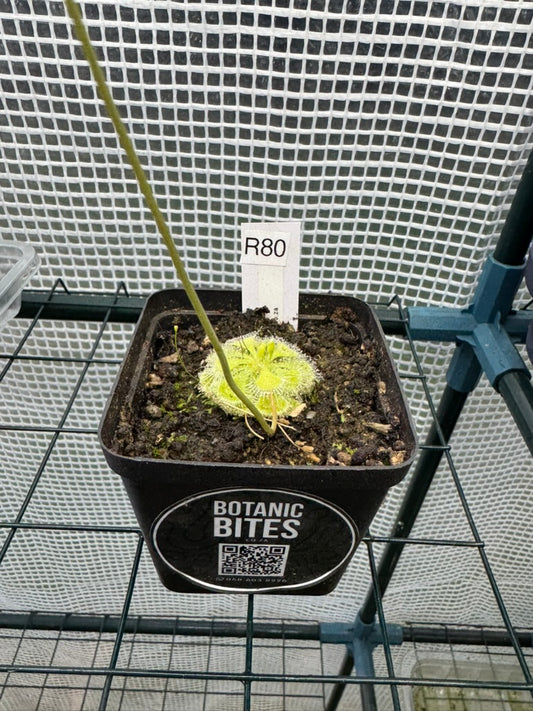Featured Carnivorous Plants
@plantarms.plantspam
Watch Sadé Unbox Her Curated Plant Box!
We're so excited to share this amazing reel from Sadé, who recently received a Curated plant box from us. She showcases our carnivorous plants up close and gives a peek at our packaging and the plants themselves.
We love seeing the passion people have for these incredible little predators, and this reel is a perfect example! Whether you're curious about our plants, our packaging, or just love carnivorous plants in general, this is a must-watch.
Watch on Instagram







